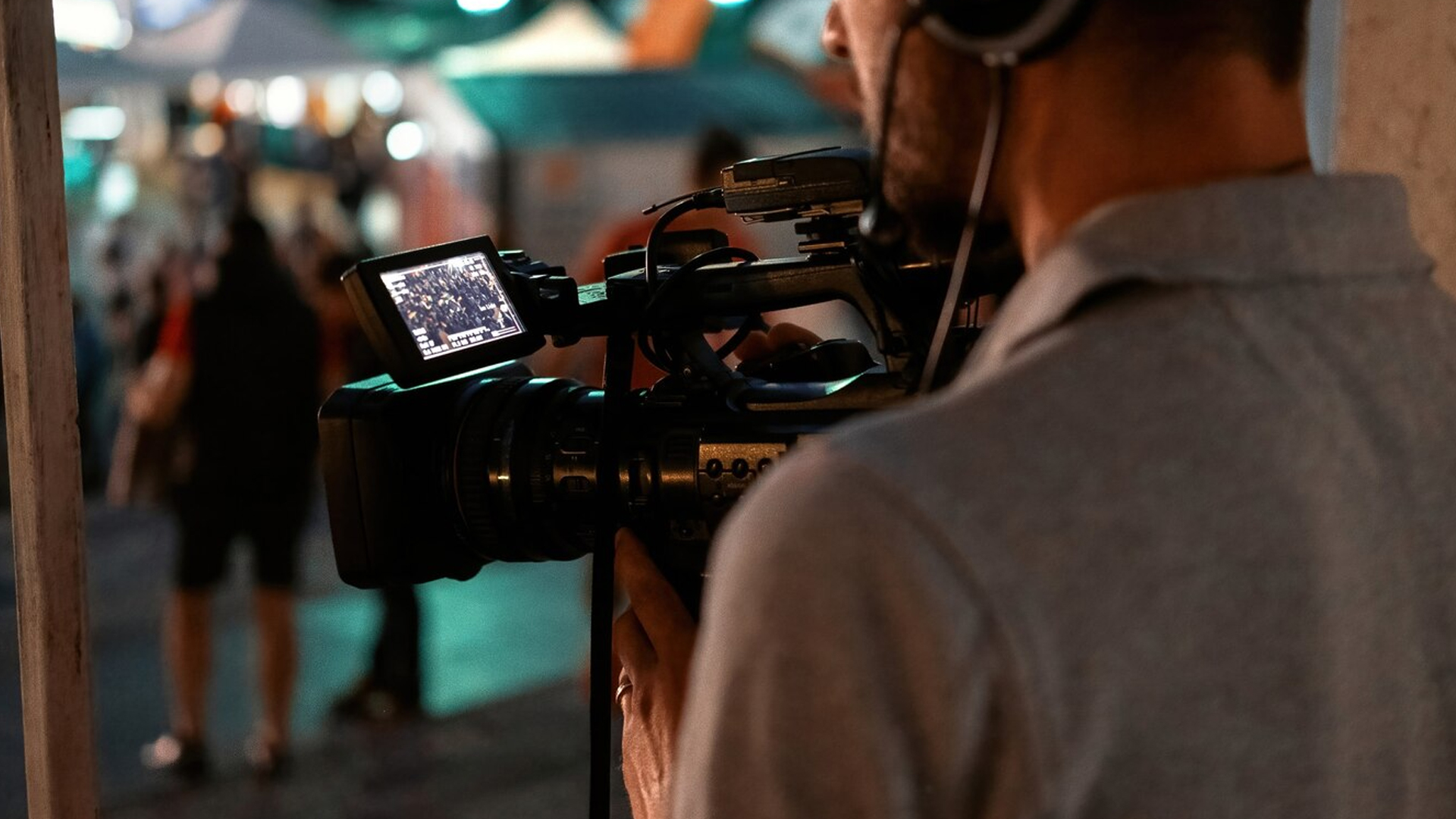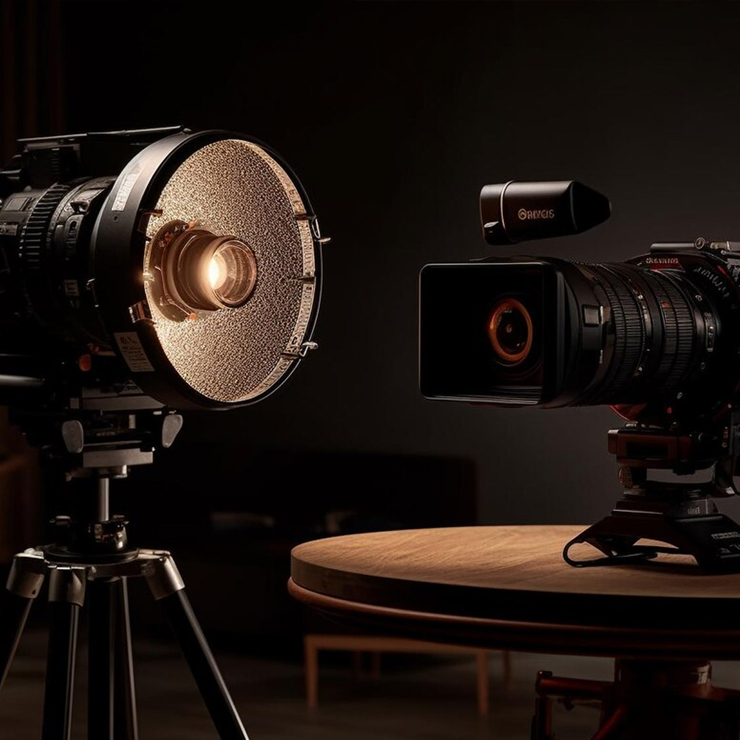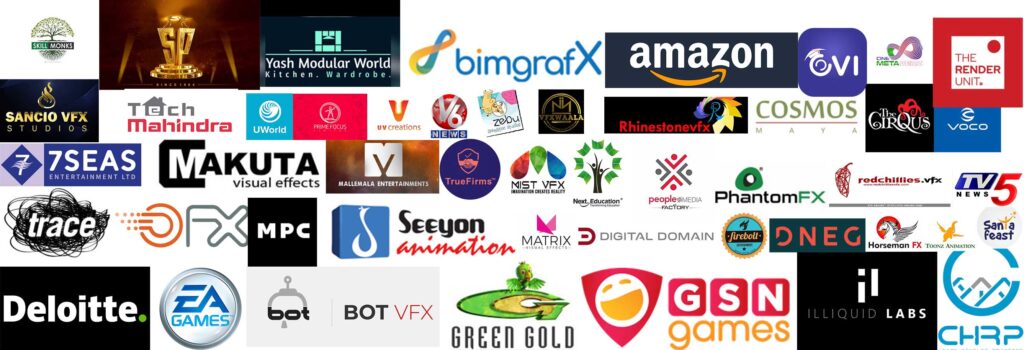
Institution for Cinematography Course in Hyderabad
Cinematography is a dynamic and rapidly growing field that offers exciting opportunities for creative individuals. AIIMS Multimedia Academy offers the most comprehensive Cinematography Course in Hyderabad, designed to equip students with the skills and knowledge needed to succeed in this competitive industry. In this course, you will delve into the world of Film Making, learning how to create captivating visual effects using the latest technologies. From Cinematography, you will explore a variety of Film Making forms and techniques, gaining hands-on experience through practical projects. Our course goes beyond just teaching the technical aspects of Cinematography. We provide a comprehensive overview of the historical and technical evolution of Cinematography, giving you a deep understanding of the field’s foundations and trends. As India emerges as a global hub for animation, this course opens up a world of opportunities. Companies like Disney are increasingly outsourcing their Cinematography work to India, creating a high demand for skilled professionals in this field. A career in Cinematography is not only creatively fulfilling but also highly remunerative, making it a lucrative choice for those with a passion for visual storytelling. Join our Cinematography Course at AIIMS Multimedia Academy and embark on a rewarding journey into the world of Film Making. Discover your creative potential, hone your skills, and prepare yourself for a successful career in this exciting industry.

ADMISSION FORM
Essential Duties and Responsibilities of a Cinematography Course
- Collaboration: Working closely with the director and other key production staff to understand the visual style and requirements of the project.
- Shot Composition: Designing and framing shots to visually tell the story in a compelling and creative way.
- Camera Operation: Operating the camera and choosing the appropriate lenses, filters, and camera movements to achieve the desired visual effect.
- Lighting Design: Designing and setting up the lighting for each scene to create the desired mood and atmosphere.
- Color Grading: Working with the colorist to achieve the desired color palette and look for the final film.
- Camera Movement: Planning and executing camera movements, such as pans, tilts, dollies, and crane shots, to enhance the storytelling.
- Budget Management: Managing the budget for camera equipment, lighting, and other visual elements of the production.
- Continuing Education: Staying updated with the latest trends and technology in cinematography to enhance skills and expertise.
- Lens Selection: Choosing the right lens for each shot to achieve the desired perspective and depth of field.
- Location Scouting: Scouting locations to determine the best angles, lighting conditions, and camera positions for shooting.
- Technical Knowledge: Having a deep understanding of camera equipment, lighting techniques, and film technology to achieve the desired visual effects.
- Problem-Solving: Addressing technical challenges and finding creative solutions to achieve the director's vision within budget and time constraints.
- Collaboration with Crew: Working closely with the camera crew, gaffers, grips, and other team members to execute the visual plan effectively.
- Post-Production Supervision: Overseeing the editing and post-production process to ensure that the visual continuity and style are maintained.
- Safety and Compliance: Ensuring that all equipment and techniques comply with safety regulations and industry standards.
Diploma in Cinematography (Eligibility: 10th or 12th and above)
- Semester 1:
- Semester 2:
Foundation in Cinematography
Introduction to Cinematography
History and evolution of cinematography
Role of the cinematographer in filmmaking
Camera Operation and Techniques
Basics of camera operation
Understanding camera movements and angles
Lighting Fundamentals
Basics of lighting for film
Understanding natural and artificial lighting techniques
Composition and Framing
Principles of composition in cinematography
Framing shots for storytelling
Color Theory and Grading
Basics of color theory
Color grading techniques for film
Film Analysis
Analysis of films for cinematography techniques
Understanding different visual styles in filmmaking
Digital Imaging
Introduction to digital imaging in cinematography
Basics of digital editing software
Industry Overview and Career Paths
Understanding the film industry
Career opportunities in cinematography
Advanced Cinematography Techniques
Advanced Camera Techniques
Advanced camera movements and angles
Creating dynamic shots for film
Advanced Lighting
Advanced lighting setups for different scenarios
Using lighting to create mood and atmosphere
Advanced Composition and Framing
Experimenting with composition techniques
Creating visual storytelling through framing
Visual Effects and CGI
Basics of visual effects in cinematography
Incorporating CGI elements into live-action footage
Film Production
Understanding the production process
Collaborating with directors and other crew members
Sound Design
Basics of sound design for film
Incorporating sound into cinematography
Portfolio Development
Building a professional cinematography portfolio
Presentation and showcasing of cinematography projects
Industry Internship or Project
Optional internship opportunity in film production
Real-world project to apply skills and knowledge gained
Career Path
- Director of Photography (DOP)
- Camera Operator
- Steadicam Operator
- Lighting Technician
- Grip
- Gaffer
- Best Boy Electric
- Best Boy Grip
- Digital Imaging Technician (DIT)
- Camera Assistant (1st AC, 2nd AC)
- Focus Puller
- Camera Loader
- Director
- Assistant Director (1st AD, 2nd AD)
- Production Assistant (PA)
- Script Supervisor (Continuity)
- Location Manager
- Set Designer
- Art Director
- Production Designer
- Costume Designer
- Makeup Artist
- Sound Mixer
- Boom Operator
- Foley Artist
- Post-Production Supervisor
- Editor
- Colorist
- VFX Supervisor
- Production Manager
Our Recruiters




